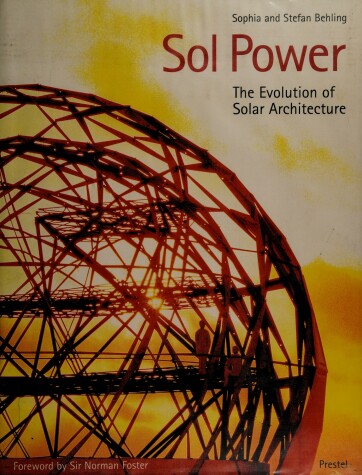This is an examination of the importance the sun has played since the dawn of civilization to the architecture of the 21st century. Designed as a progression of photographic images, the book begins by briefly surveying the origins of all earthly sources of power, showing them, in all forms, to be derived from the sun. Through photosynthesis the sun gives life to trees; trees form the fossil fuels, coal and oil. The sun is essential in the formation of wind, rain and tides, all of which can be converted into usable energy. The book shows how, from the very earliest forms of constructed dwellings, buildings have been designed to make maximum use of the power of the sun: houses designed to enjoy the heat of the day and churches oriented to show the morning light through stained glass windows. The book demonstrates how some architecture began to lose sight of this basic principle during the 20th century, citing the example of Le Corbusier's glass building in Paris that was so hot in summer and so cold in winter that he had to redesign and rebuild the complete facade.
It illustrates some of the most famous examples of solar buildings, including the former Crystal Palace in London and the modern Commerzbank tower block in Frankfurt. The text confronts the issues of current wastage of the world's resources caused by poor, uninformed design, and sets out positive ways that modern solar-oriented architecture can lead to energy-conscious buildings. It encourages an awareness of all the earth's limited resources in buildings of the future. The book is published to coincide with the fourth European Conference on Solar Energy in Architecture and Urban Planning, held at the Haus der Kulturen der Welt in Berlin, 1996.
- ISBN10 3791316702
- ISBN13 9783791316703
- Publish Date 28 March 1996
- Publish Status Out of Print
- Out of Print 17 August 2001
- Publish Country DE
- Imprint Prestel
- Format Hardcover
- Pages 224
- Language English
